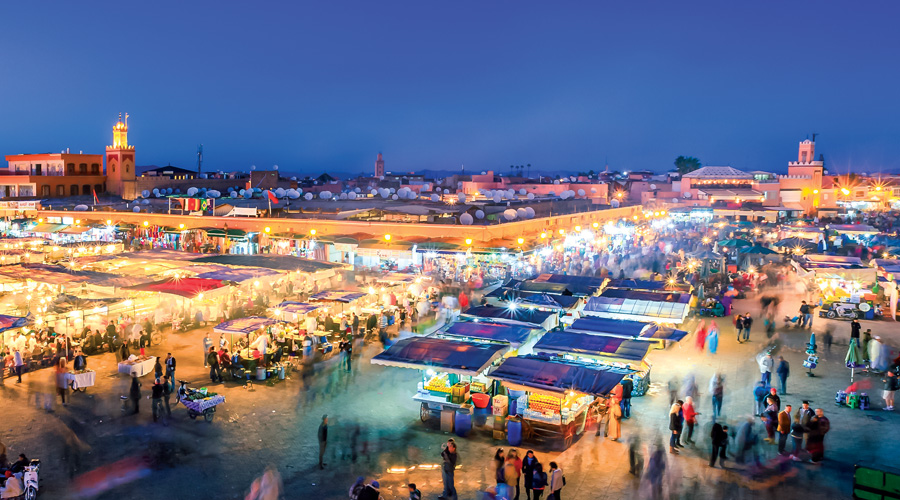
As a member of the Collette team, I get to travel to all kinds of amazing places that shift my perspective every time, but my experiences in Morocco have changed me in ways I didn’t expect. This is part one of four in which I explore my many incredible experiences with you. Enjoy, and stay tuned for more to come!
The old me would not have placed Morocco on my bucket list, but after spending 9 days in this exotic melting pot, rich in ancient history, culture and mind-blowing architecture, I would encourage you to reconsider your list if Morocco isn’t on it.
A History Captured in Architecture
Morocco’s history is quite extensive and much of it is reflected in their architecture. It’s first independent state, called the Berber Kingdom, ruled by the Berbers (also known as the Amazigh, an ethnic group indigenous to North Africa), saw the use of earth or mud bricks called pisé.
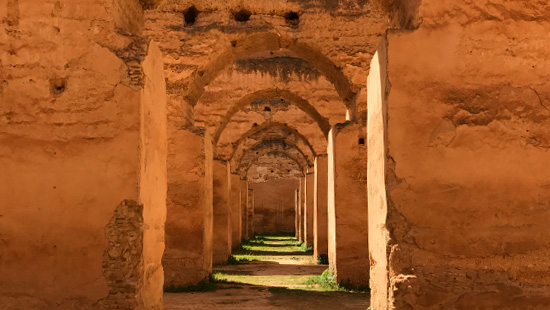
These structures served defensive functions at trading posts and ports or they were used as guard walls against pirates or rivals. This concept of self-defense can be seen through-out much of Morocco’s ancient cities as wave after wave of foreign invaders began to infiltrate their land.
Over the years, Morocco has seen a heavy influence of Islamic, Spanish and French architecture blended with traditional Moroccan influences and urban design. The Hassan II Mosque in Casablanca for example is a colossal feat of modern Islamic architecture that blends the spectrum of the country’s own and outside influencers.
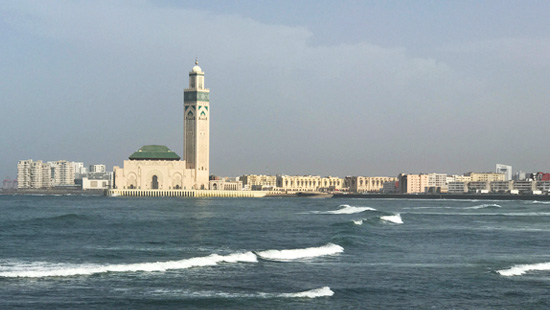
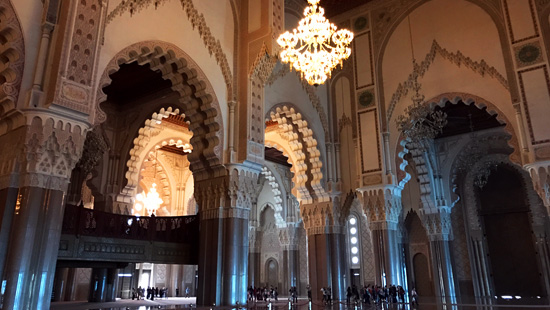
Made predominantly of locally-sourced materials such as granite, plaster, marble and wood, there were some exceptions to its layout and to the décor, such as Italian white granite and 56 Italian glass chandeliers. The mosque’s overall structure has pulled in features from a global architectural library – influences like Roman forts, the Dome of the Rock in Israel, the Great Mosque of Kairouan in Tunisia, the Great Mosque of Cordoba in Spain, and many other mosques in Northern Africa and the Middle East.
Tip for Visitors :
When you’re walking around Morocco and you are able to witness first-hand many of the country’s old and new structures, don’t forget to look up to see the intricate details of muqarnas (ornate hand-carved domed ceilings). If you look down, you’ll see your feet dancing on unique tilework known as zellige (mosaic tilework made from individually chiseled geometric tiles).
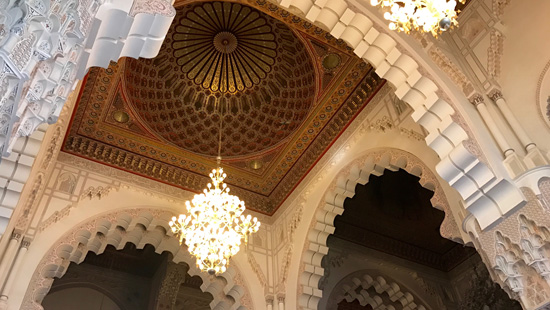
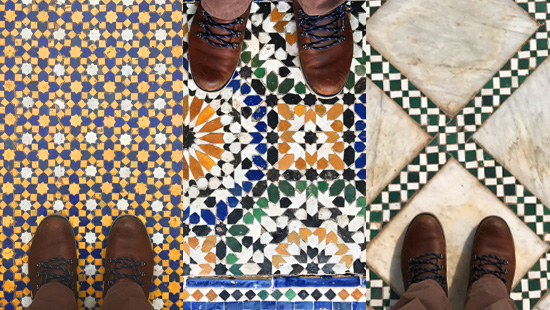
Be on the lookout every week for my stories about Food and Agriculture, Haggling at the Souks and Incredible Landscapes!

